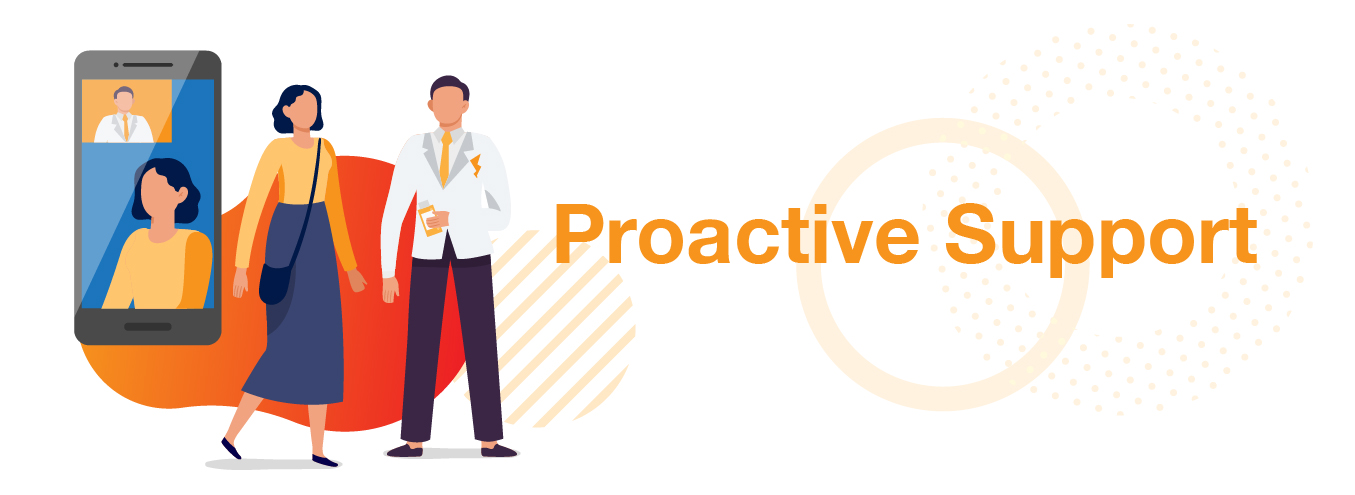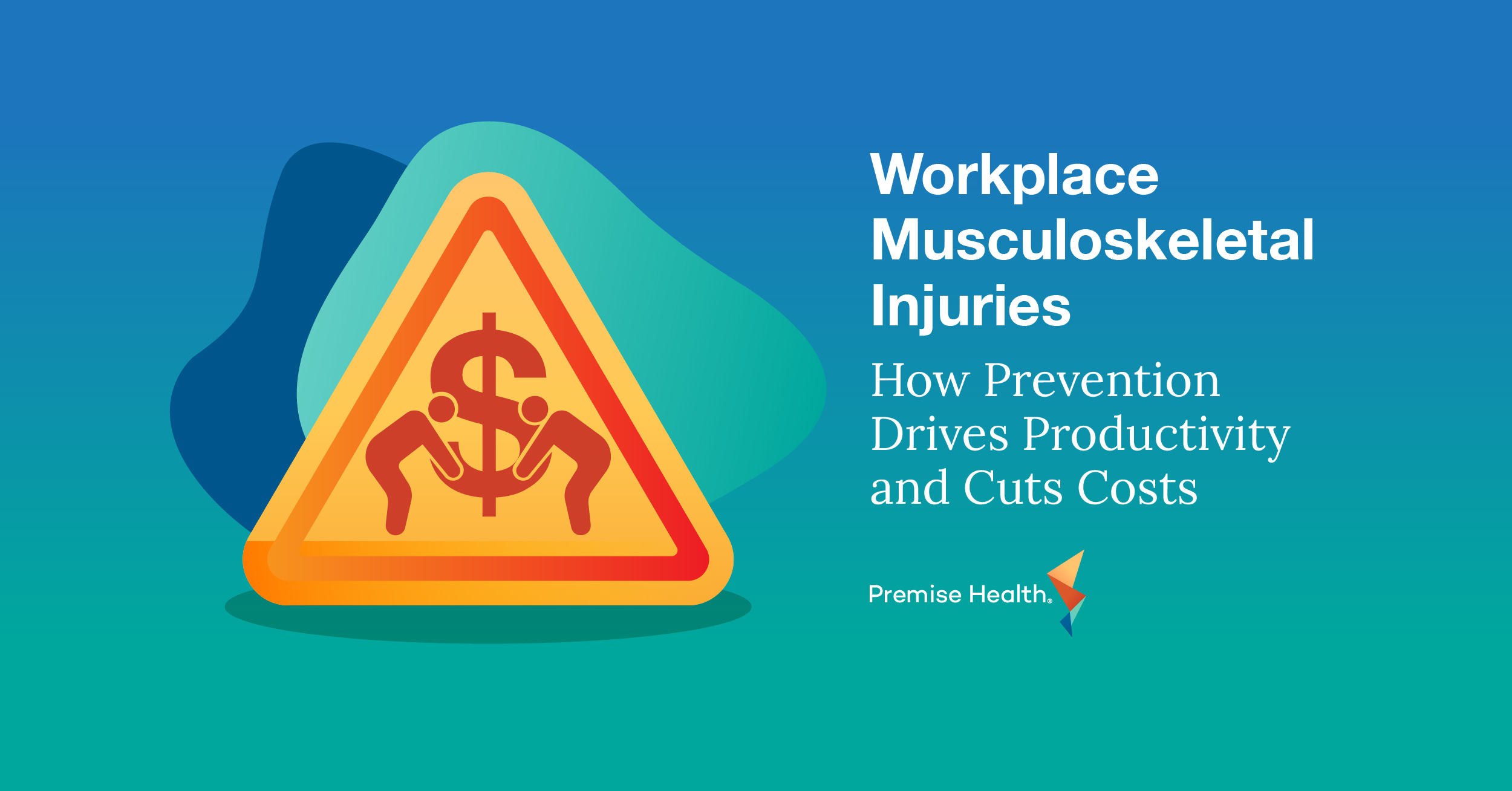Dedicated Pharmacists: The Frontline Champion for a Better Member Experience
You may know your pharmacist as the face that greets you when you pop in to grab bandages and over-the-counter medicine at your local pharmacy. But while it’s not uncommon for people to view pharmacists as solely medication dispensers, these providers can do much more for patients looking to improve their health.
Typically open on evenings and weekends when many primary care providers are closed, pharmacies are engrained in American healthcare as a more approachable point of access for healthcare in the community. As a result, patients visit their pharmacy almost twice as often as they visit other health experts.
In a community pharmacy setting, however, interactions are often transactional, a trend that’s exacerbated by long lines, pharmacist overwork, and closing locations that puts a limit on the support patients can get from their local retail pharmacist.
Here’s the good news: It doesn’t have to be this way.
What is a Dedicated Pharmacist?
A dedicated pharmacist is a healthcare expert that serves a self-insured employer’s population of employees and dependents at an onsite or nearsite pharmacy and can be the one thing standing between your members and a poor retail pharmacy experience.
Because they work exclusively with this population – not the public – they have greater time and capacity for the members they serve, can get to know them personally, and often collaborate with other members of the care team to get them the best possible care. And because they’re located at a workplace or in the community where employees and their families live, they can be far more convenient than a community pharmacy.
How does it all work? Let’s get into it.

For people navigating a healthcare diagnosis, managing a chronic condition, or simply trying to stay on top of their medications, having support from a trusted healthcare provider is critical. Dedicated pharmacists go beyond the prescription refill to be the frontline expert for answering member questions, especially as many community care providers are moving towards charging patients to message their provider. Here are just a few things a member can discuss with their pharmacist:
- Medication routines and why they’ve been prescribed a certain medication
- Chronic condition management
- Lifestyle changes to improve overall health
- Which medications are best to purchase over the counter
- Immunization screenings and vaccine administration
- Potential prescription cost savings for their current medications
- Side effects for any new medications being introduced
- Instructions for how to take unique dosages or inject medications
- Difficulties a member may have with their medications and potential solutions
- Medication quantity and the refill process
When members can have their questions answered one-on-one, they can be more confident that they’re taking their medications correctly and can see improved adherence and better outcomes as a result.

At an onsite or nearsite pharmacy, teams are in a unique position to develop relationships that build trust with members over time. Because they have more time and bandwidth at the counter than their retail counterparts, they have the opportunity get to know members on a deeper level, asking just as many questions about family, hobbies, and career as well as their nutrition, social connectedness, and sleep.
By building this level of trust with a patient, the pharmacist has a better understanding of the behind-the-scenes drivers of a member’s health, like how stress is impacting a chronic condition or how financial circumstances may be barring members from getting the care they need. It makes them an insightful member of the wider care team and allows them to collaborate with primary care providers and other dedicated healthcare experts to develop a targeted care plan that gets to the root of the issue, instead of just addressing the symptoms.

Finances can play a big part in whether or not members take their medications as prescribed, and pharmacists can serve as an invaluable resource for medication savings, both for members and their employers.
Savings can happen in a lot of different ways. On one hand, pharmacists at onsite and nearsite wellness centers can simply recommend generic alternatives to expensive prescriptions for members, without sacrificing the clinical efficacy.
They can also lead the charge on variable copay programs by identifying members who would benefit and guiding them through the process of signing up for copay assistance cards, which can be likened to manufacturer-funded coupons for certain drugs. This reduces both member financial responsibility and the organization’s bottom-line health spend.
And finally, they can offer the coaching and support members need to take their medications properly and feel better faster. When members know they can get support from a trained pharmacist in their community, they can skip the uncertainty that might otherwise send them to urgent care or the emergency room and save money in the process.
Member Experience Reinvented
At Premise, pharmacy is a critical piece of our advanced primary care model, and pharmacists deliver significantly more value than simply dispensing medication. By building personal relationships with members, onsite and nearsite pharmacists serve as expert resources that help members make smarter healthcare decisions that go beyond the pill. Ready to see what a dedicated pharmacist can do for your people? Get in touch today.
Next on industry insights.

Overcoming Burnout: Strengthening Workforce Resilience Through Behavioral Health
Read the Blog
Workplace Musculoskeletal Injuries: How Prevention Drives Productivity and Cuts Costs
Read the Blog